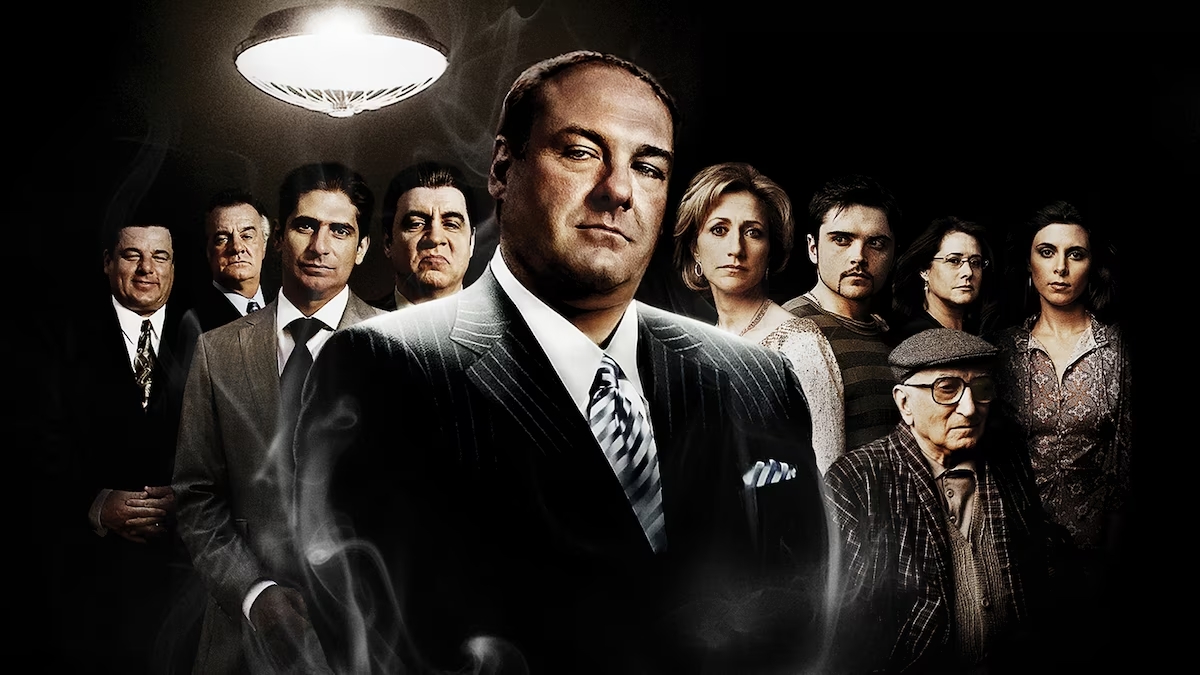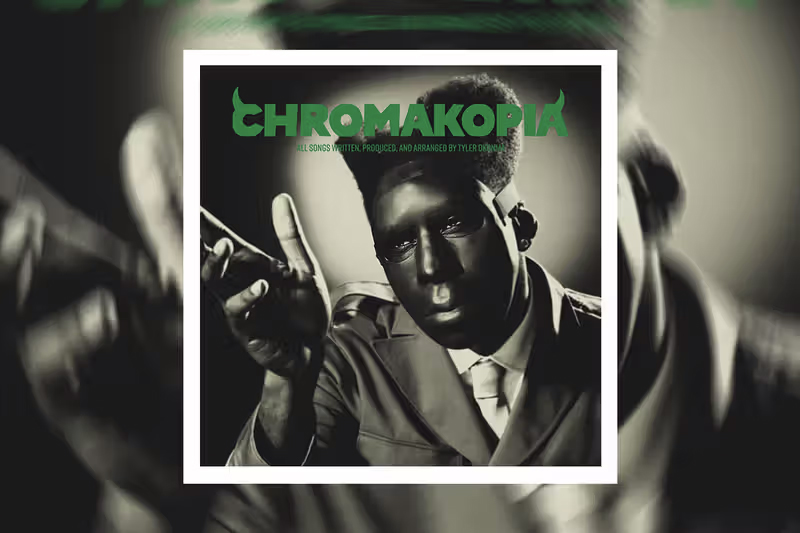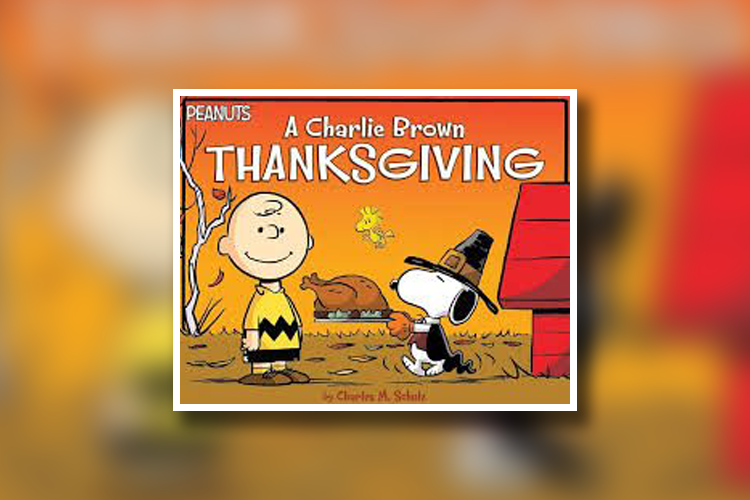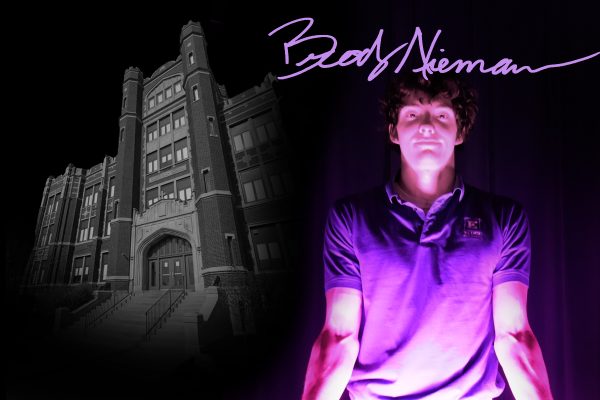The mafia and organized crime have been a source of interest for both directors and fans since the beginning of the previous century. The silent, strong, powerful leader in charge of a crew of suit-clad men, breaking the law, making lots of money, its a story that practically writes itself. Shootouts, gang wars, drugs, prostitutes, bribes–no matter how one feels about the morality of these things, media inspired by organized crime makes some good TV. However, there is one show that stands out to me as the best piece of mafia media: The Sopranos.
The Sopranos, directed by David Chase, centers around, unsurprisingly, the Soprano crime family. Led by Tony Soprano, the family is involved with the typical mafia shenanigans like bookmaking, extortion, truck hijacking, construction jobs, and union shakedowns–filtering their cash through strip clubs and other businesses. Throughout the show, the characters deal with a plethora of differing problems in both their businesses and their personal lives. This is most notably seen in the classic scenes of Tony talking to his therapist, the therapist he started seeing when he started having panic attacks from stress and depression. Tony’s therapist visits, coupled with other aspects of the show, demonstrate themes of mental health and masculinity, wrong and right, and faithfulness and infidelity.
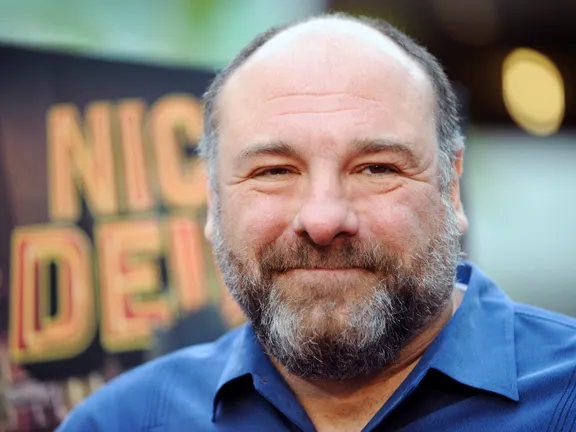
Overall, this show, disregarding the philosophical themes, keeps its viewers at the edge of their seats from the first episode to the last. Each character is distinctly human, and everyone is victim to their own flaws, making for an extreme sense of relatability for viewers. This, stacked with the action of mafia life, is what makes The Sopranos so perfect. With relatable characters, good acting, and criminal activities, there’s something for everyone.
James Gandolfini plays the boss Tony Soprano. He is an unpredictable man who is quick to rage, yet he is decisive and very smart when it comes to his business. Gandolfini won three Emmys, five Screen Actor Guild Awards, and one golden globe for his performance. Gandolfini shows true emotion in his portrayal of Tony; his anger, sadness, and happiness all feel real; in fact, on multiple occasions during my viewing, I needed to remind myself it was only a fictional performance.
Even with Gandolfini’s career performance, the supporting characters of the show are just as relatable and fantastic. Michael Imperioli playing Chris, Tony Sirico playing Paulie, and Steven Zandt playing Silvio are just a few of the talented actors playing Tony Soprano’s goons. Each character has significant screen time, allowing for each character to have their own sub-plots on top of the major story. The chemistry between each actor is undeniable; their friendships seem real. Each character goes through their own hardships, like Chris with drugs, Paulie with loneliness, and Silvio with infidelity, but these flaws add to their characters and to the interest of the show.
However, while the acting and writing in The Sopranos is flawless, the special effects and cinematography must not be forgotten either. On one occasion, Nancy Marchand, the actress who played Tony Soprano’s mother, passed while season three was still being filmed. Rather than writing her out, giving her character a quick, unimportant death in the show, David Chase chose to use CGI to give Tony’s mother the screen time necessary to contently and emotionally say goodbye. Moments like this, along with various creative camera angles and editing techniques, demonstrate the level of effort and artistry that went into The Soprano’s production.
Whether its the human compulsion to be rebellious or the adrenaline of watching dangerous activity from the comfort of home, mafia television shows and movies have the hearts of many Americans. The Sopranos takes this action-packed genre full of wise-guys shooting and robbing one another and turns it into this insightful piece of art that highlights the struggles of mental health and sin.




